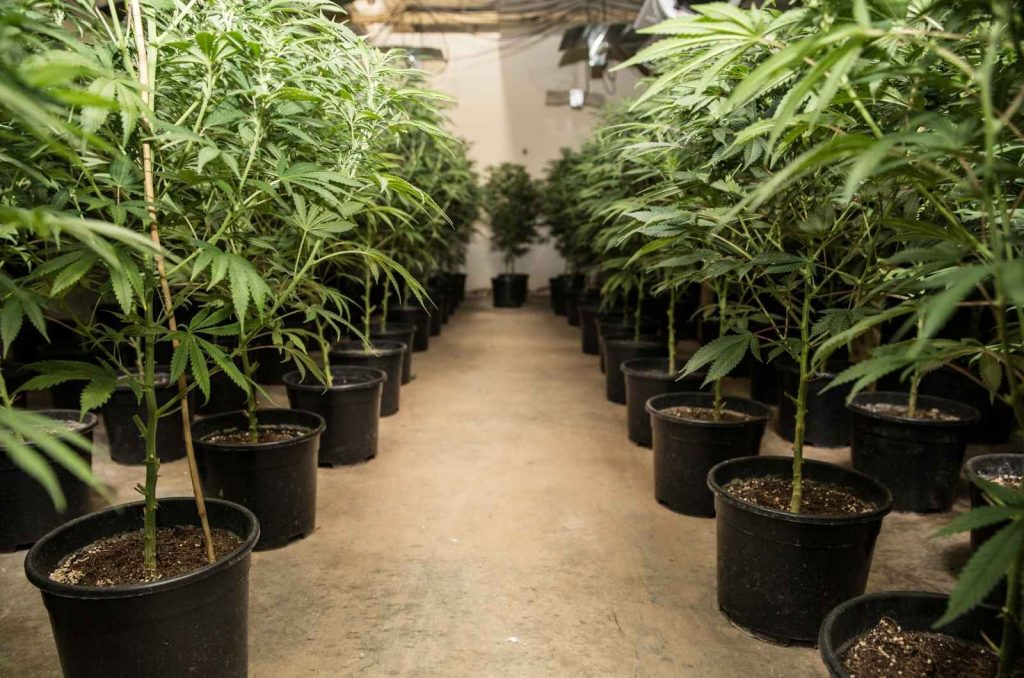
There are many advantages to cannabis farming. For one thing, it can improve the profits of local retailers. Cannabis farmers can produce a product that is in high demand, and this can boost foot traffic and sales at stores that carry the merchandise. Secondly, growing cannabis on a commercial scale can help raise the price of the product.
The cultivation of cannabis is based on a technique known as dry farming. Dry farming has many advantages over traditional growing methods. The main difference is that it doesn't require a farmer to water the crop. The plant absorbs its own water from nature. Moreover, it requires less care and investment than conventional farming methods.
Cannabis farming can also be done with no-till techniques. No-till farming eliminates the need for chemical pesticides and fertilizers. No-till farming also saves time and money since the soil can be reused many times. As a result, this practice is a much safer alternative to conventional cannabis farming. It also requires less inputs over time, which is essential for sustainable farming.
The environmental impact of cannabis farming is also an important consideration. Cannabis farmers can improve their carbon footprint by using companion planting and dry farming techniques. The latter allows the farmers to grow their crops in dry climates without the need for a watering system, saving precious water resources and reducing their carbon footprint. Using companion planting methods can help reduce their dependence on pesticides and other agricultural chemicals. It is also possible to avoid using fertilizers that can potentially harm other crops and reduce their yields.
The environmental impact of cannabis farming varies greatly from one region to another. Some farmers strive to reduce their impact on the environment while others are not as concerned. However, most cannabis farmers are small-scale, family-run operations. As the industry continues to grow, it is important to make sure that the growing method used is as sustainable as possible. It is essential to be aware of the environment when planning for a cannabis farm, because it can reduce the amount of CO2 produced by civilization.
Cannabis farming can be done indoors or outdoors. Unlike conventional farming, vertical farming allows farmers to grow cannabis in confined spaces. Moreover, vertical farming allows farmers to maximize their space and grow their crops faster in less-than-ideal climates. This method requires minimal maintenance and is the only way some farmers have been able to scale their business. It is important to choose a suitable growing system and follow it meticulously. A quality vertical growing system should have a 4-foot by eight-foot palletized rack.
Two of the most important factors in the cost of cannabis cultivation in California are licensing fees and regulatory permits. These can add up to tens of thousands of dollars per year. So, it is clear that legalization has been expensive for marijuana farmers. A few years ago, nearly half of Humboldt County farmers chose to become legal, but the state government has recently cut its cultivation tax, which brought $32.7 million to the state in the first quarter. Meanwhile, counties may continue to levy cultivation taxes.
Cannabis has been grown for thousands of years. It was first introduced to the United States by Mexicans. At that time, cannabis was smoked by hippies and negro districts. But in the 1930s, local authorities enlisted church groups, 4-H clubs, and farmers to cut stray cannabis before it had a chance to mature. By the 1970s, a few illegal marijuana farmers established their own gardens. Despite this, the United States remained a legalized marijuana market.
For more information: cannabis farming "GROWIN"